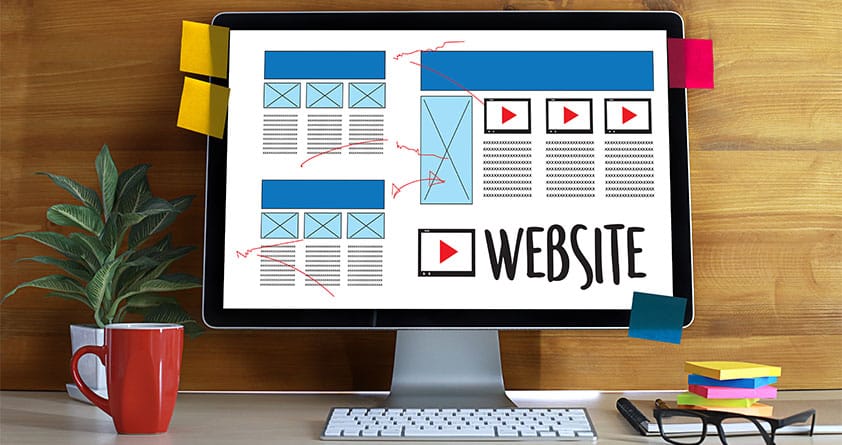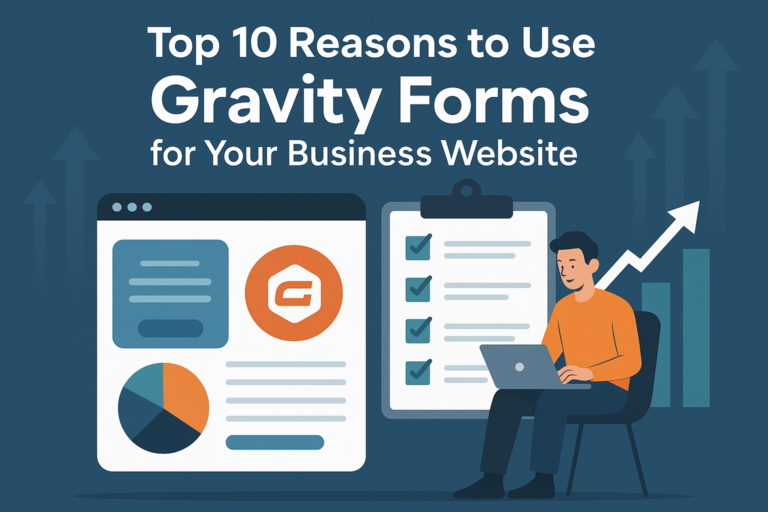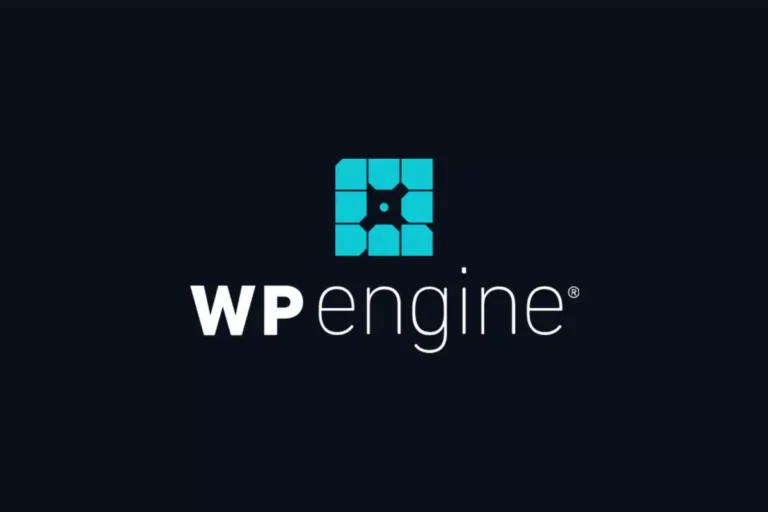A fast and smooth website is crucial for keeping visitors happy and ensuring they stay on your site longer. Optimizing your website can also help improve your search engine rankings, leading to more traffic. Here’s a simple guide on how to optimize your website for better performance.
1. Reduce the Number of Files
When someone visits your website, their browser needs to load different files like images, scripts, and styles. The more files there are, the longer it takes to load the page. To reduce the number of files:
- Combine similar files, like CSS and JavaScript.
- Use fewer images, or combine multiple images into one.
- Simplify your page layout to include only the essentials.
2. Optimize Your Images
Images can slow down your website if they’re too large or not properly optimized. To improve image loading times:
- Choose the right file type (JPEG for photos, PNG for images with transparency).
- Compress images to reduce their size without losing quality.
- Use responsive images that adjust in size depending on the user’s device.
3. Use Browser Caching
Browser caching stores parts of your website on a visitor’s device, so it loads faster when they return. To set up browser caching:
- Tell the browser how long it should keep certain files, like images and stylesheets, before downloading them again.
- Consider using a content delivery network (CDN) to serve your site from a location closer to the user.
4. Speed Up Server Response Time
The quicker your server responds to requests, the faster your website will load. To improve server response time:
- Choose a hosting provider known for good performance.
- Make sure your server is set up correctly and can handle your website’s traffic.
- Keep your content management system (CMS) and plugins updated for the best performance.
5. Minify Your Code
Minifying your website’s code means removing unnecessary characters like spaces and comments. This makes your files smaller and quicker to load. You can:
- Use online tools to minify CSS, JavaScript, and HTML.
- Set up your site to automatically minify files when they are uploaded.
6. Enable Gzip Compression
Gzip compression reduces the size of your website’s files before they’re sent to the visitor’s browser. This speeds up loading times. To enable Gzip:
- Check if your hosting provider supports it and turn it on.
- Use online tools to verify that your site is using Gzip correctly.
7. Prioritize Important Content
Make sure the most important parts of your website load first, especially the content visible on the screen when the page first opens (above-the-fold content). To do this:
- Load critical styles and scripts first.
- Delay loading non-essential elements like ads or large images.
- Optimize fonts to load quickly without causing content to shift.
8. Regularly Test Your Website
Testing your website regularly helps you catch performance issues early. To monitor your site:
- Use tools like Google Page Speed Insights or GT Metrix to check your site’s speed.
- Set up alerts for any performance drops.
- Test your website on different devices and browsers to ensure it works well for everyone.
Conclusion
Optimizing your website for better performance doesn’t have to be complicated. By following these steps, you can create a faster, smoother experience for your visitors, which can lead to more traffic and better results for your site. Keep testing and adjusting as needed to ensure your site remains in top shape.





